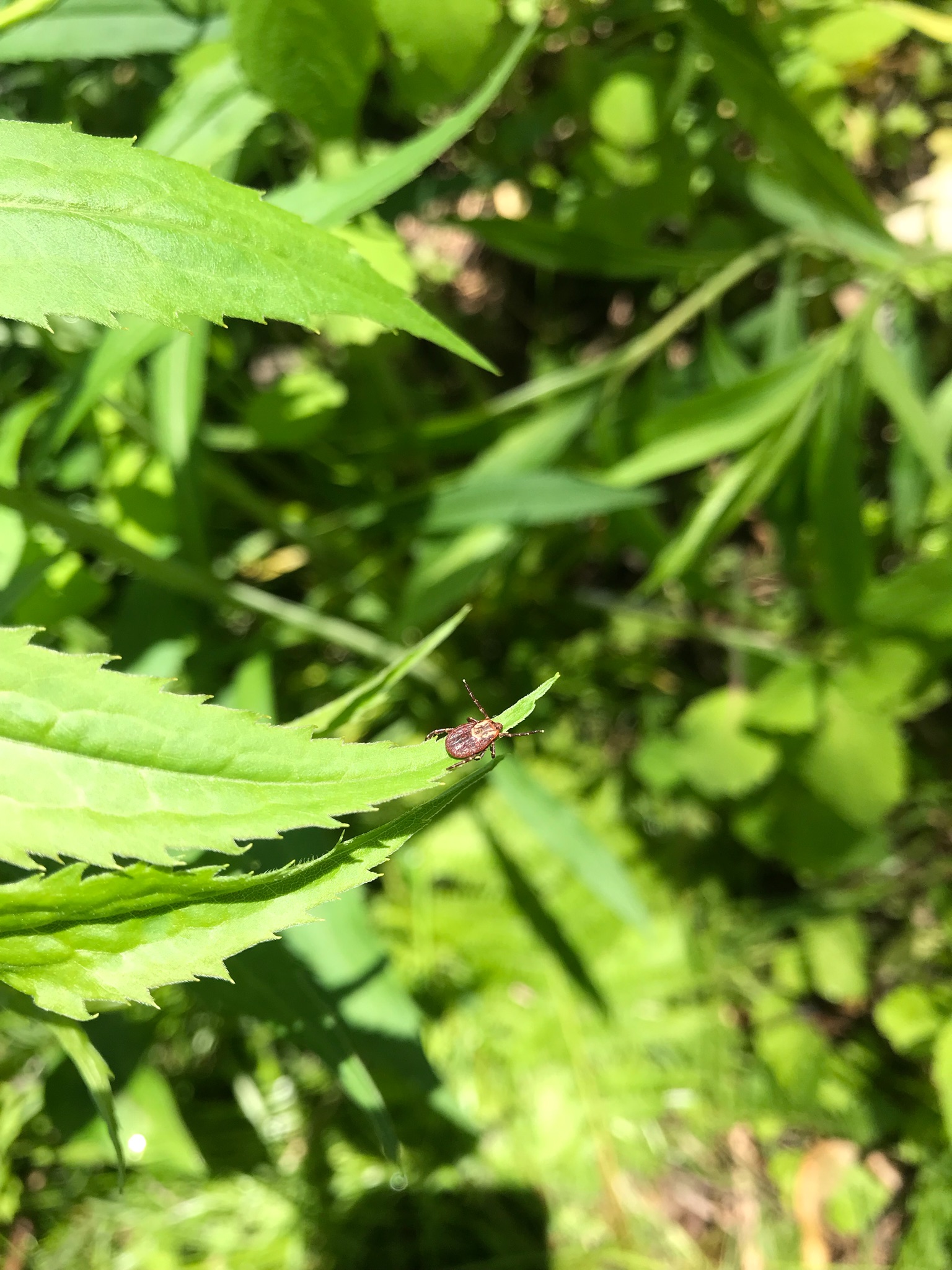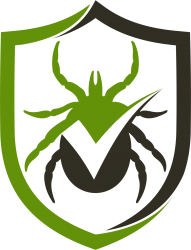 The name Ehrlichiosis, is a universal name used to describe many infectious diseases, which can affect all humans and animals alike. Human Monocytic Ehrlichiosis, is the disease caused by an active infection of the bacterium Ehrlichia chaffiensis. Exposure will occur when following the bite of an infected lone-star tick (Amblyomma americanum), which can be found mostly in the southeastern and south central United States. Lone-star ticks are most popularly found in forests and thick brushes of woods.
The name Ehrlichiosis, is a universal name used to describe many infectious diseases, which can affect all humans and animals alike. Human Monocytic Ehrlichiosis, is the disease caused by an active infection of the bacterium Ehrlichia chaffiensis. Exposure will occur when following the bite of an infected lone-star tick (Amblyomma americanum), which can be found mostly in the southeastern and south central United States. Lone-star ticks are most popularly found in forests and thick brushes of woods.
New research also suggests that transmission of Ehrlichia chaffiensis may also come from the bite of an American dog tick (Dermacentor variabilis). The adult and nymph females from an American dog tick are typically known to feed on humans, enabling them to transmit Ehrlichiosis. Individuals infected with Ehrlichia chaffiensis will usually develop symptoms starting from 7-14 days following the bite of an infected tick.
Although these symptoms differ from person to person, they can include the following:
headaches, chills, muscle pain, nausea, confusion, a rash around the area of the tick bite, conjunctivitis (pink eye), and a fever.
These symptoms are not specific to Human Monocytic Ehrlichiosis, making the diagnosis a difficult process to determine.
Even in previously healthy people, Human Monocytic Ehrlichiosis can result in severe complications such as:
difficulty breathing, bleeding disorders, and even death in about 2% of cases from the cause of infection. Individuals with suppressed immune systems, the elderly, and those with pre-existing health conditions are most likely to experience severe complications from this disease, and if the illness is not treated correctly, it can be deadly even to former healthy people. Most people will not be able to recall being bitten by a tick since tick bites typically are not felt by the host.
Diagnosis:
When diagnosing a sick patient, any signs and symptoms present will be accounted for first and diagnosis will be confirmed after a complete laboratory testing. After diagnosis, a healthcare provider will most likely prescribe the antibiotic, doxycycline to both children and adults for a 7-14 day period. Although this disease can be transmitted any time of the year, the majority of people diagnosed with Ehrlichia chaffiensis are during the summer, normally in the months of June and July.

